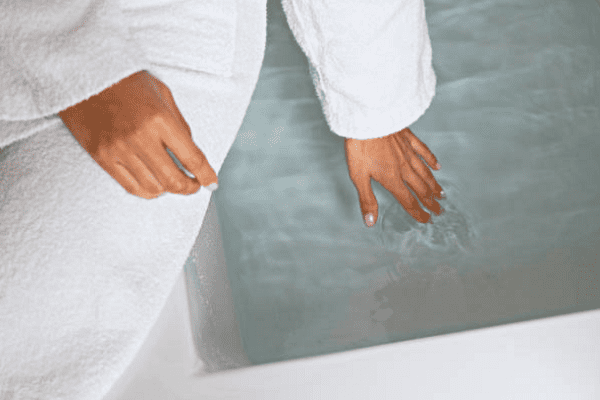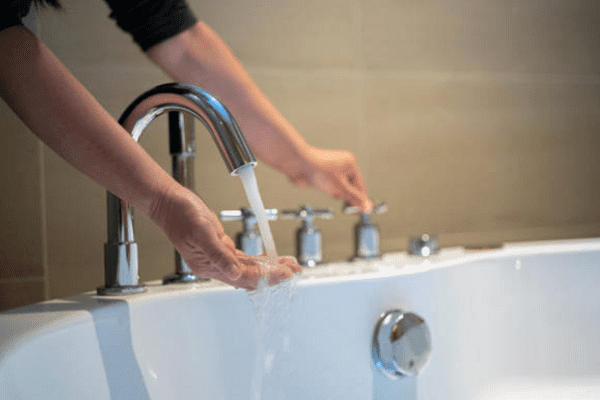Naturopathy >>>> Why take contrast baths?
Why take contrast baths?

The simplest way to influence the body at home is to take a bath. Since ancient times, people have paid attention to the fact that water of different temperatures has a beneficial effect on the general condition of the body. For this reason, even today, taking a bath is treated as a procedure, and not just as a means of washing the body.
There are several temperature options for taking a bath, each of which has its own preventive and therapeutic nature. Based on the temperature of water heating, they are distinguished:
- cold baths – from 50 to 68 degrees Fahrenheit (from 10 to 20 degrees Celsius);
- cool baths – from 68 to 91 degrees Fahrenheit (from 20 to 33 degrees Celsius);
- indifferent baths – from 93 to 98 degrees Fahrenheit (from 34 to 37 degrees Celsius);
- warm baths – from 100 to 104 degrees Fahrenheit (from 38 to 40 degrees Celsius);
- hot baths – above 104 degrees Fahrenheit (above 40 degrees Celsius).
Depending on the purpose of taking a bath, the temperature regime of the bath is also chosen. Different water temperatures have different effects on the skin and its receptors, which, in turn, send signals to the entire body and cause changes:
- in the functioning of the nervous system (including the functioning of the peripheral nervous system and the central nervous system),
- in the functioning of the cardiovascular system (including small and large blood vessels of internal organs),
- in the muscular system (including the smooth muscles of internal organs).

The temperature of the bath, like the temperature of the environment, signals the body how to react throughout the body.
Cold and cool baths are taken in order to tone the body and invigorate it. This is reflected in the increased work of the heart due to the narrowing of blood vessels, which in turn leads to an increase in blood pressure. Cold and cool baths should not be taken during periods of fever or chills.
Warm and indifferent baths relax muscle tissue of all types, thereby relieving muscle pain, relieving spasms in organ tissues, relieving muscle fatigue and fatigue of the nervous system, normalizing blood pressure, and improving sleep quality. Moderate warm and indifferent baths can be taken during periods of fever or chills. It is appropriate to take such baths in a state of overheating or hypothermia.
Hot baths are designed to stimulate metabolic processes in tissues and limbs, lower blood pressure and dilate peripheral blood vessels, relieve muscle spasms and stressful conditions of the nervous system. Hot baths stimulate sweating. And such baths are not taken during periods of increased body temperature or in a state of chills.
Contrast baths (alternating cold, warm and hot baths) serve to harden the body, to train the vascular system and heart, to train the nervous system, to improve the functioning of internal organs, to improve metabolic processes in all types of body tissues, to increase the speed of metabolic processes.
Contrast baths are taken for 10 minutes, followed by two-minute hot baths, then fifteen-second cold baths, then moderate baths for two to three minutes and another repeat of the alternation.
It is strictly forbidden to take contrast baths for diseases such as atrial fibrillation, epilepsy, aneurysm, in a pre-infarction state and other dangerous conditions that can be dangerously affected by sudden changes in temperature.
Just by taking a bath at a certain temperature, you can regulate many processes in the body, for example, raising and lowering blood pressure, relieving drowsiness or preparing the body for sleep. Various temperature baths can prolong performance or relieve fatigue, relieve insomnia or increase appetite, calm the nervous system or relieve itching.
Home procedures using temperature baths are a huge concern for the condition of the body, and maintaining it in a healthy state without medications.

Read

Read



























